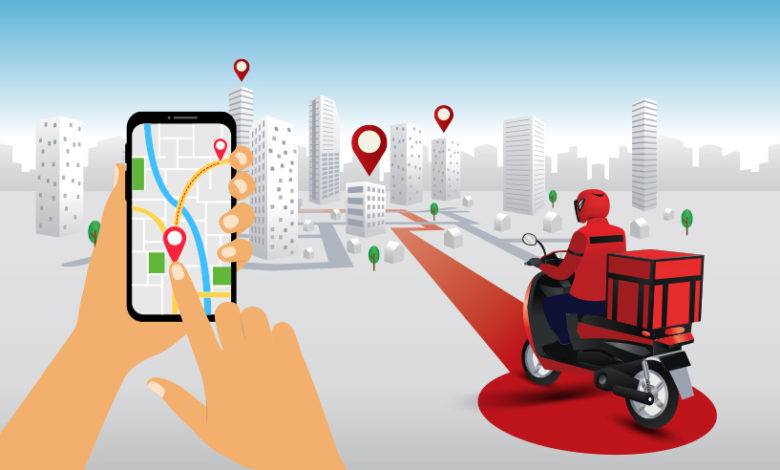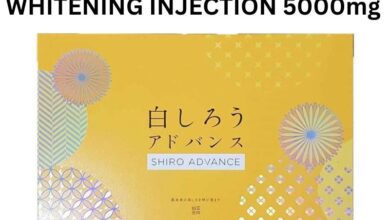Understanding Track and Trace System for Medicines



A counterfeit drug has been purposefully and fraudulently mislabeled about the actual brand or generic product. The items may contain contaminated or false packaging, incorrect substances, insufficient ingredients, or the right components but inaccurate dosage.
The worldwide medicines sector is now dealing with theft, counterfeiting, diversion, and false returns to producers. To deal with this problem effectively, the pharmaceutical industry, regulatory agencies, wholesalers, and retailers must work together to develop a feasible identification solution that can be verified at the point of dispensing. This would significantly improve the capacity to trace all pharmaceuticals.
A database where each packed drug product’s unique identifying barcode can be verified at the point of dispensing would significantly improve the ability to track all pharmaceuticals.
A track and trace system is one technique to limit the amount of counterfeit or substandard pharmaceuticals in the supply chain. This enables a pharmaceutical product to have information about its origin and be tracked down in the supply chain. In the most advanced versions, such systems require a scan at every point of interaction with the medicinal substance, from entry to dispensation. Several attempts have been made to put such systems in place.
What is the Pharmaceutical Track and Trace System, and how does it work?
Pharmaceutical Track and trace allows you to pinpoint any item’s present and previous locations across your supply chain. It’s a vital instrument that no pharma business can afford to ignore, especially now that rules demand to track and trace capabilities as well as precise obligations for documenting and sharing supply chain data. To ensure drug safety and prevent drug trafficking, the Pharmaceutical Track and Trace System was created.
It is the system that tracks the process from drug production/import to delivery to the end-user in this context.
Authorities and individuals working in the supply chain can use track and trace systems to find where certain drugs are. This comprises the present and prior locations of a medication. The data usually is applicable at the batch/lot level, and it uses a production batch or serial number to categorise the products.
This is commonly found on the packaging of pharmaceuticals and medicines. However, one drawback of this type of traceability system is that individual products can be separated from their larger batch, causing doubt about their exact location in the supply chain.
Individual packet serialization, in which single units have their own serial numbers to specify where they’ve been, solves this problem. As a result, batch identification can be placed on pallets and packs, on the outer packaging of items, and the immediate packaging of medicines.
Lowering counterfeit medicines is one benefit of incorporating track and trace mechanisms into pharmaceutical supply chains.
Pharmaceutical Serialization & Traceability
Track
Understand where an item is at any given time using pharmaceutical serialization and traceability.
Trace
Recognize where an item was at any given time.
Authenticate
Recognize whether or not an item is genuine at any given time.
The benefits of track and trace for pharmaceuticals
When properly planned and executed, a pharmaceutical track and trace system delivers exactly what it promises:
It records a drug, a vaccine, a medical device — anything in any configuration — as it moves forward through the supply chain and traces backwards to reveal where it has been, all the way back to the individual ingredients or components that merged to produce it.
You can keep track of every product in your supply chain with tracking. Its many advantages include improving operational efficiency and speed, preventing counterfeit, adulterated, or expired medications from entering the supply chain, preventing theft and diversion, ensuring product safety and environmental stability, and preventing counterfeit, contaminated, or expired medicines from entering the supply chain.
You can follow the trail of anything in your supply chain with traceability. Quick and effective product returns; swift, modern recall management capabilities; brand protection; and developing consumer confidence are just a few of its numerous advantages.
Summary
By giving information on the origin and location of specific products, track and trace systems ensure that the pharmaceutical supply chain is as secure as feasible. By reducing the number of counterfeit medicines, making recalls easier, and enhancing logistic management; regulatory organizations can better regulate the safe distribution of drugs.



